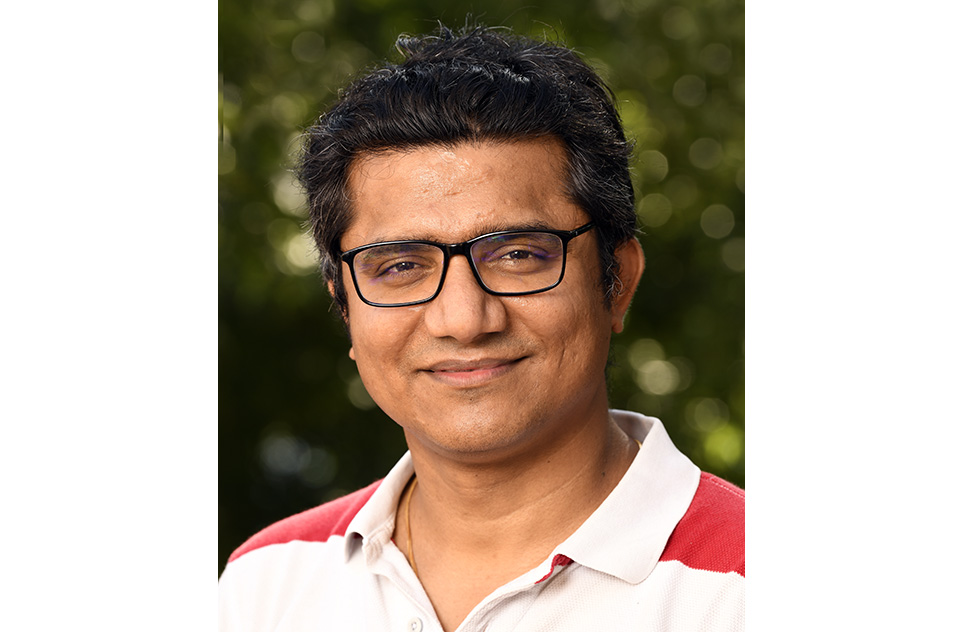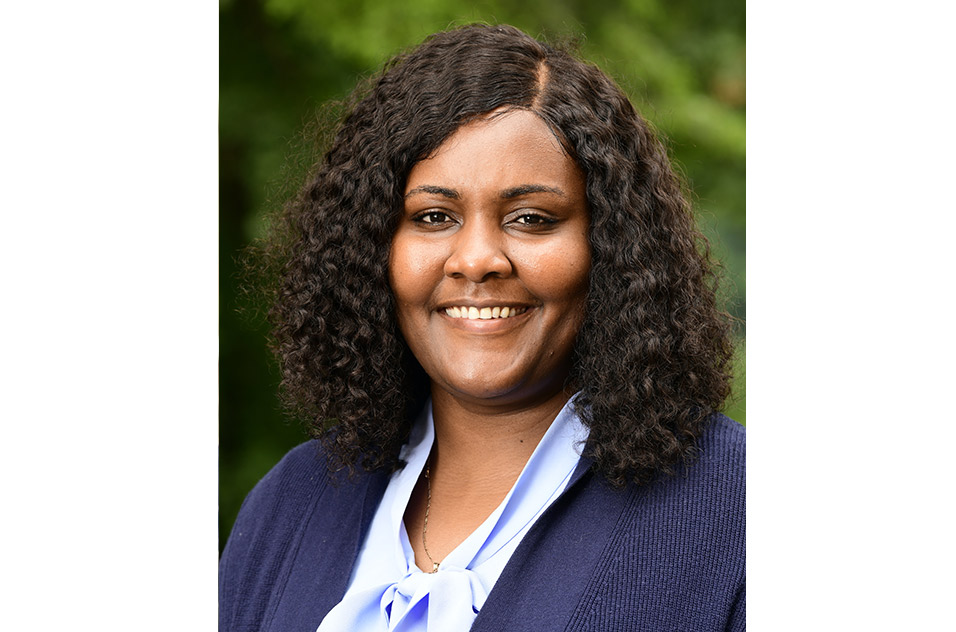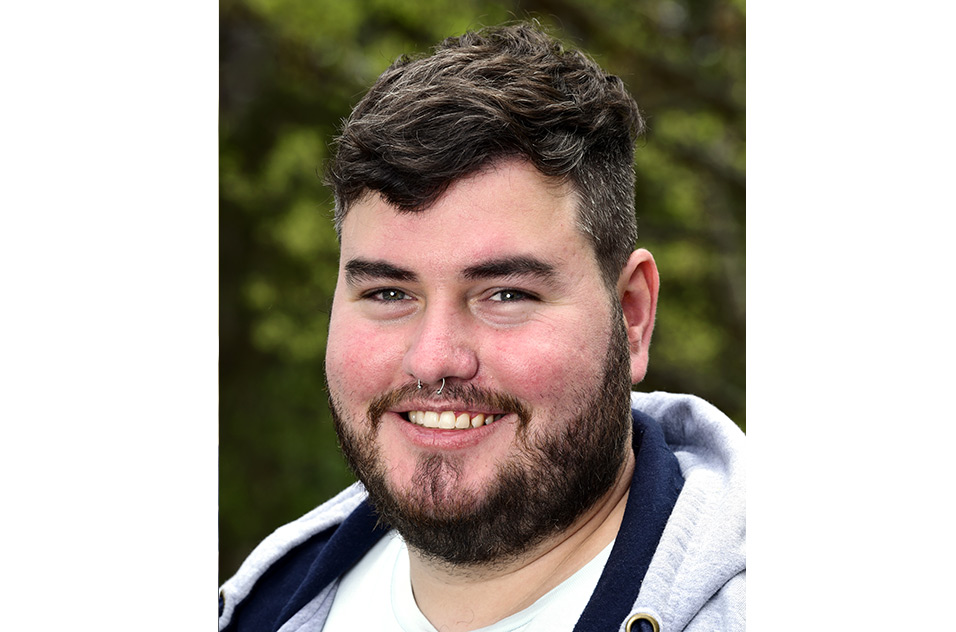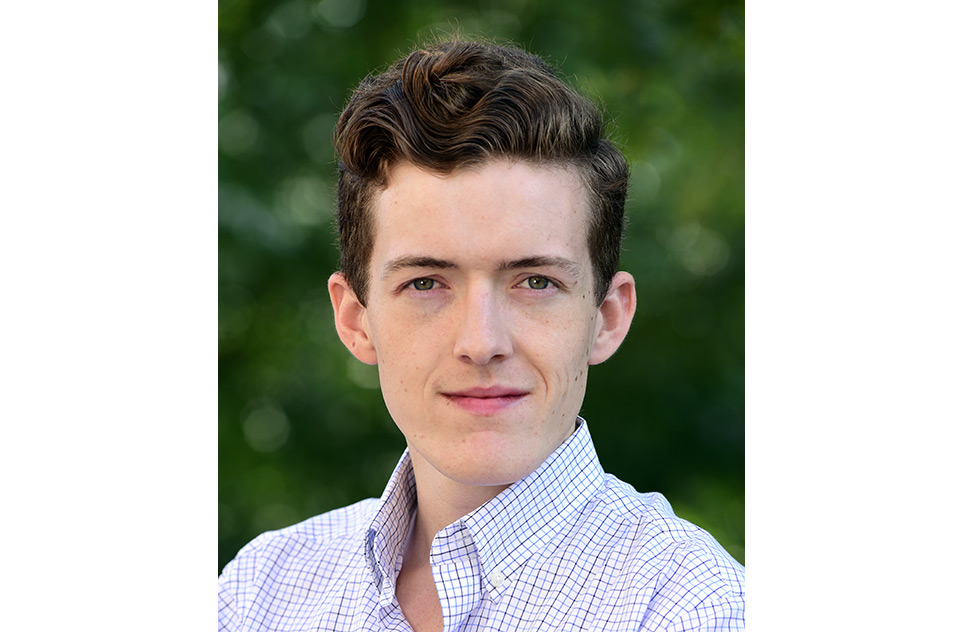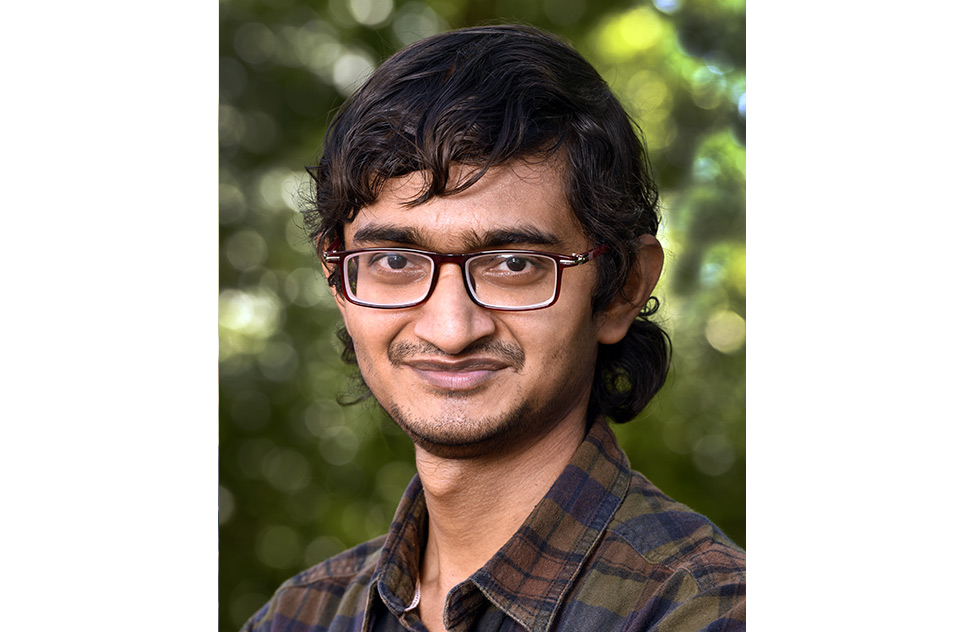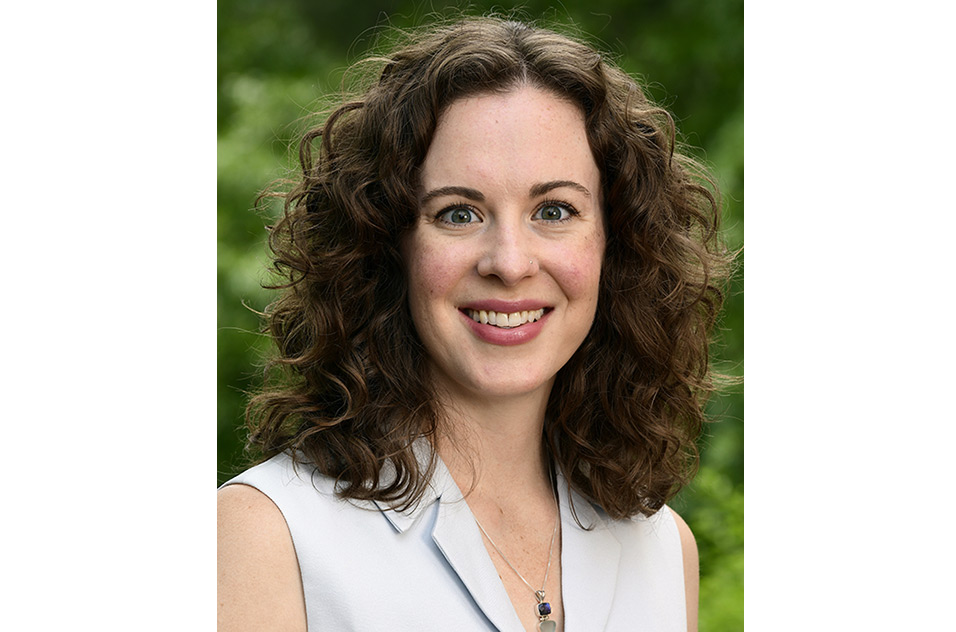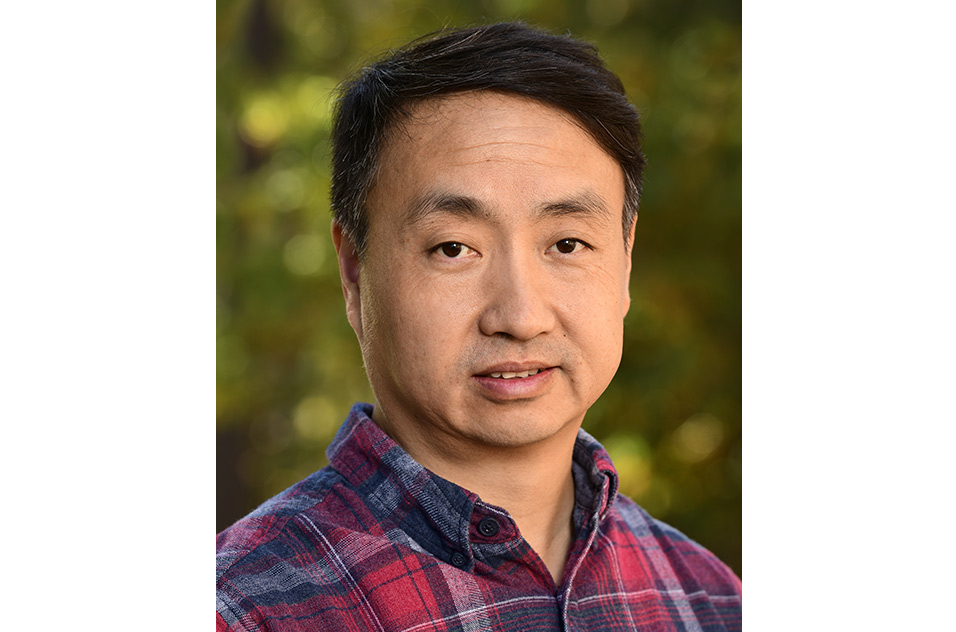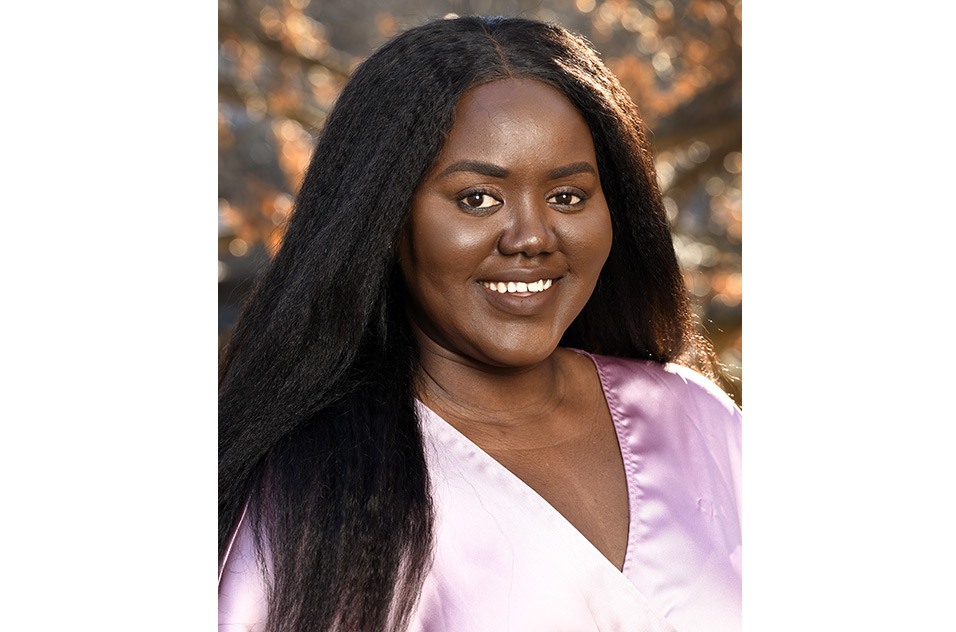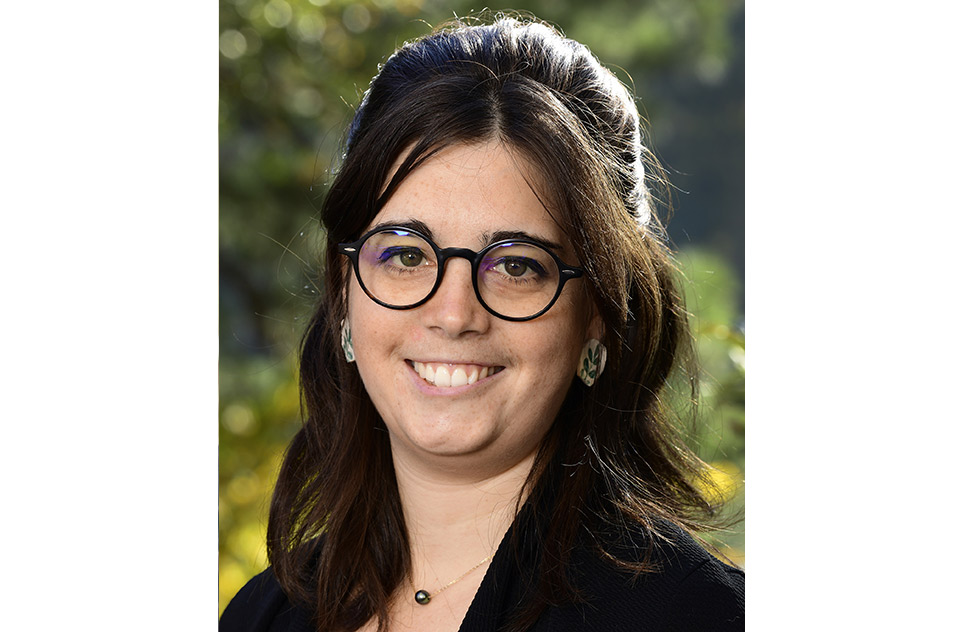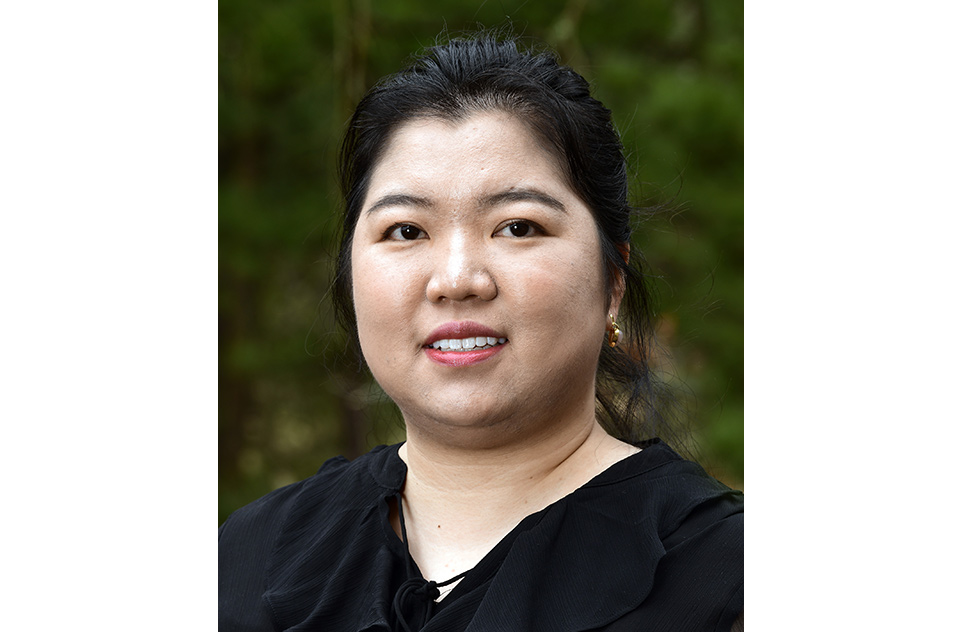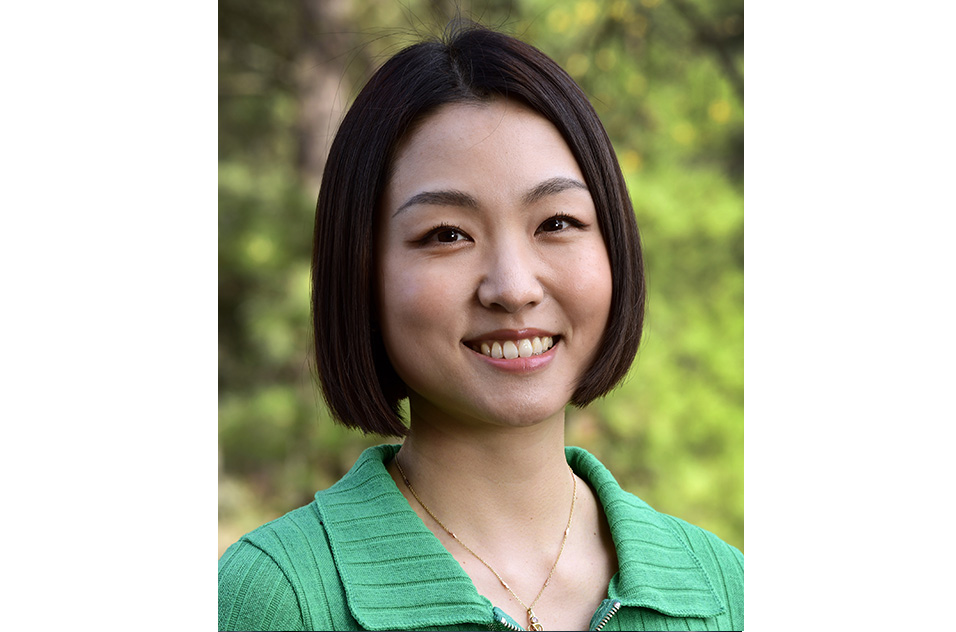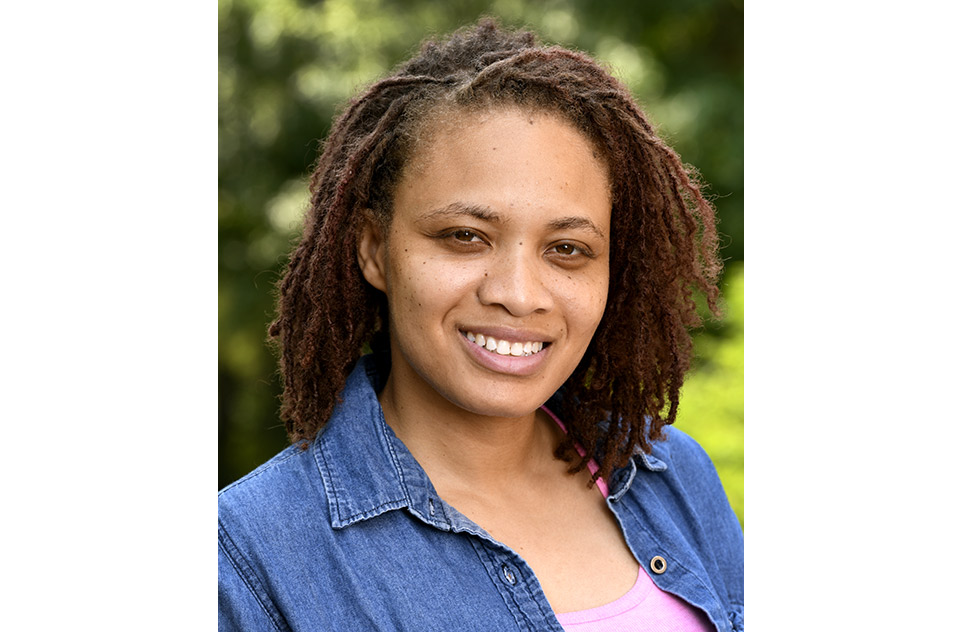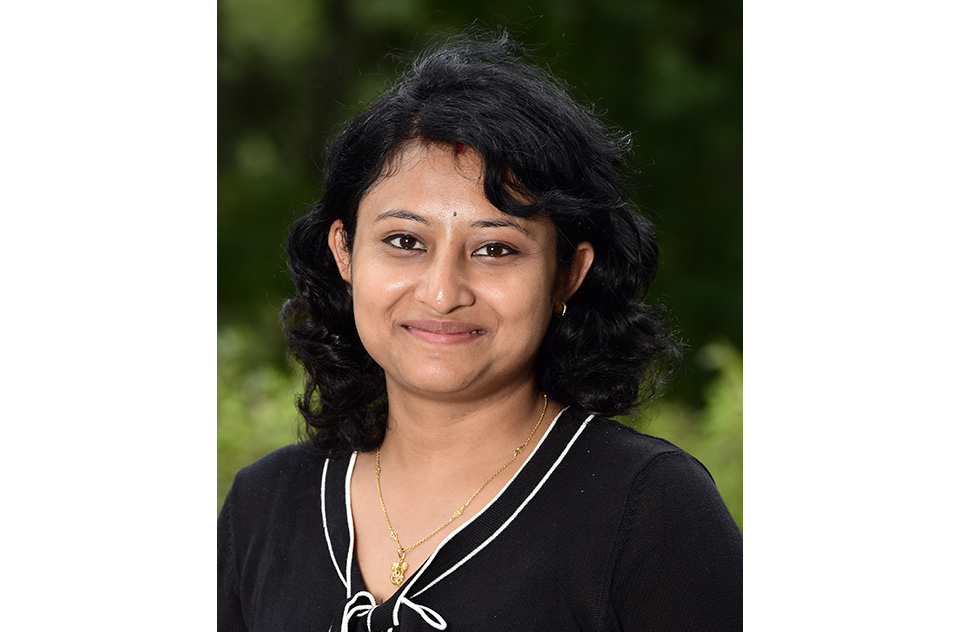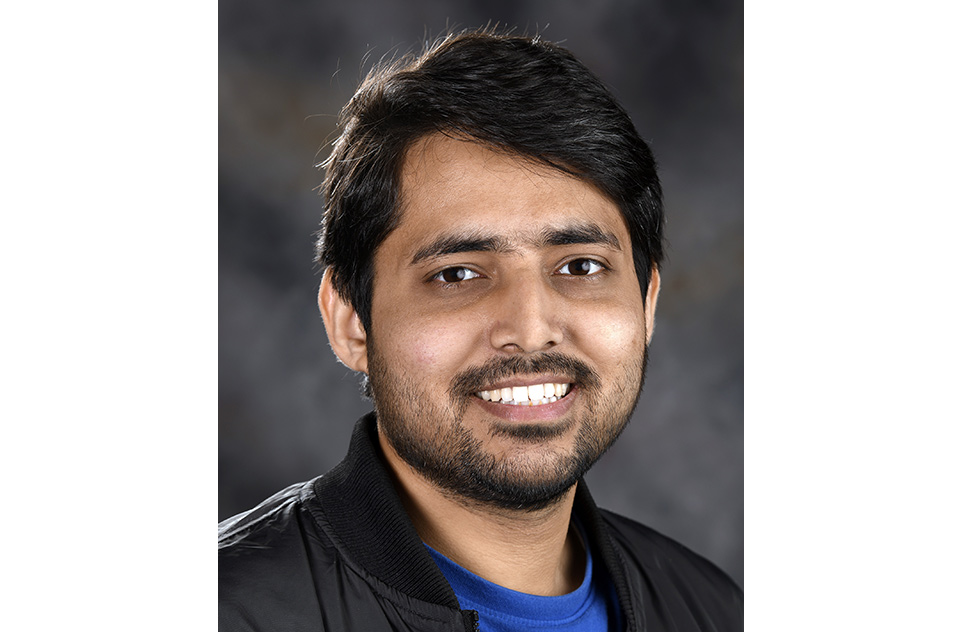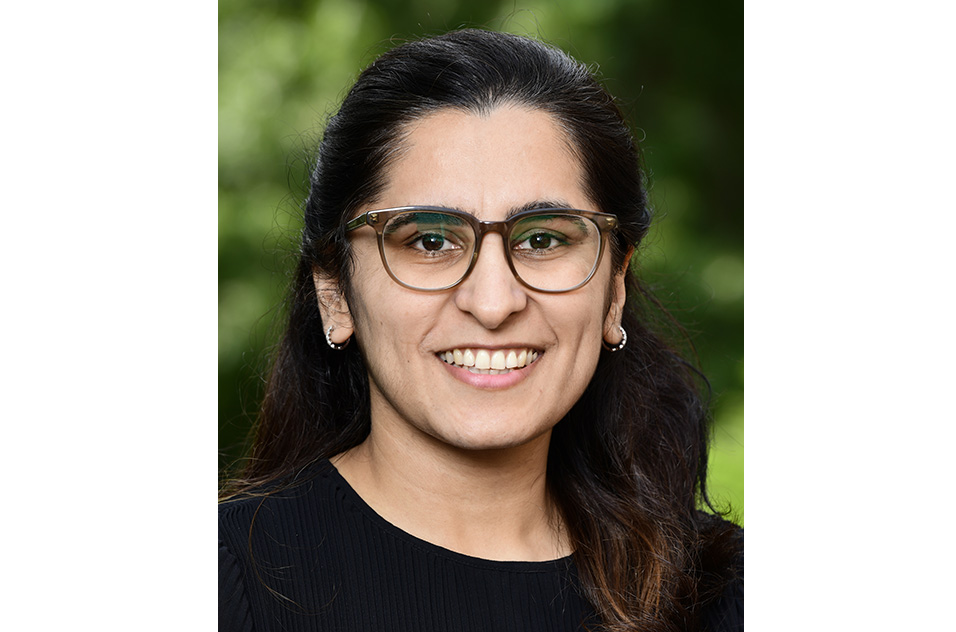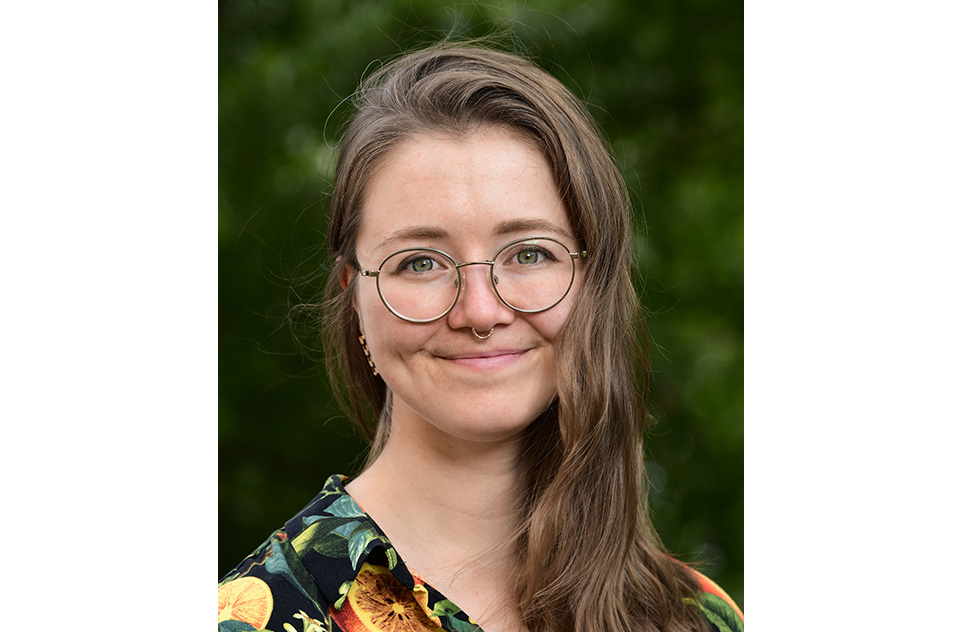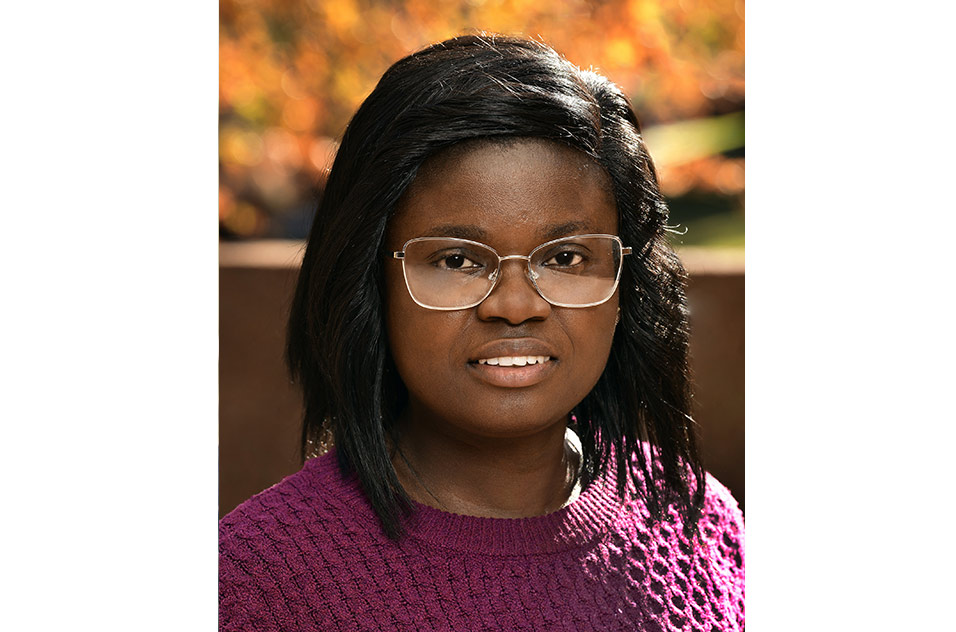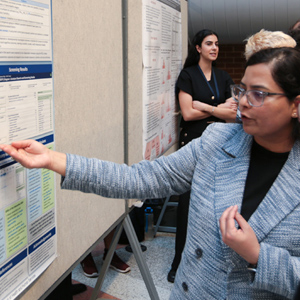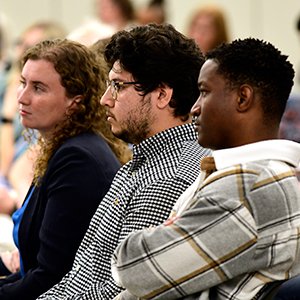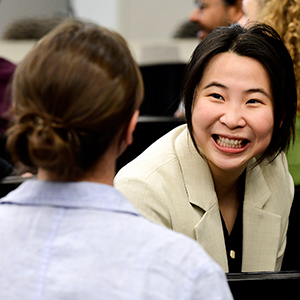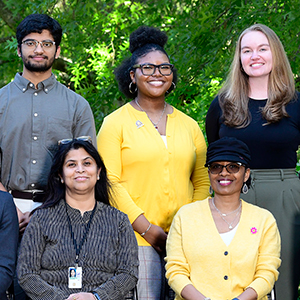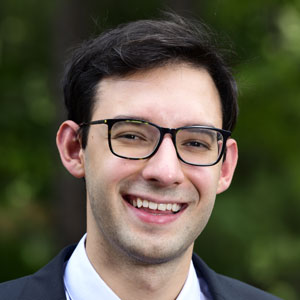Seventeen NIEHS trainees received the 2026 Fellows Award for Research Excellence (FARE), an annual competition that honors the best work of National Institutes of Health (NIH) intramural research fellows. NIEHS tied for second in number of awardees among the NIH’s 27 Institutes and Centers.
Fellows submit abstracts for review, which are judged on scientific merit, originality, experimental design, and overall presentation (see sidebar). Those ranked in the top 25% of scores within each of 76 study sections are recognized as FARE winners. They receive a $1,500 professional development award to pay for travel to a scientific meeting to present their work.
NIEHS has historically fared well in the competition. This year, institute researchers submitted 74 of the 904 total abstracts (877 of which were approved by the judges).
“The great showing by our trainees and their mentors demonstrates the value of our institute’s research to the larger NIH community,” remarked NIEHS Scientific Director Darryl Zeldin, M.D.
Learn more about all 17 NIEHS FARE 2026 awardees and the titles of their research abstracts in the slideshow below.
Importance of mentors
The important role of mentorship is recognized by the FARE process. Two NIEHS researchers mentored two 2026 FARE awardees each.
Guang Hu, Ph.D., a senior investigator who heads the Stem Cell Biology Group, mentored the following awardees.
- Xiaosu Miao, Ph.D., whose abstract was titled, “Ccr4-Not-mediated mRNA deadenylation sustains the pluripotency in stem cells.”
- Ammad Shaukat, Ph.D., whose abstract was titled, “Proximity labeling identified novel INO80-interacting factors that are required for pluripotency maintenance.”
Robin Stanley, Ph.D., a Stadtman Investigator who heads the Nucleolar Integrity Group, mentored the following awardees.
- Jacob Gordon, Ph.D., whose abstract was titled, “Crystal structure of human SENP3-PELP1 complex visualizes a novel mechanism of SUMO protease activation.”
- Zoe Wright, Ph.D., whose abstract was titled, “SARS-CoV-2 protein Nsp15 relies on spontaneous base flipping to help select its targets in viral RNA.”
“I am very proud of Jacob, a three-time winner, and Zoe for receiving FARE awards this year,” said Stanley. “Not only are they both exceptional scientists, but they are both outstanding scientific presenters.”
This is the 31st year of the FARE competition. Over the last five years, several NIEHS trainees have received multiple awards. Among this year’s awardees, the following individuals also were honored in previous years.
- Martin Estermann, Ph.D. (2025), Reproductive Developmental Biology Group
- Jacob Gordon, Ph.D. (2025, 2023), Nucleolar Integrity Group
- Ankit Gupta, Ph.D. (2023), Male Reproduction and RNA Biology Group
- Jennifer Ish, Ph.D. (2024), Environment and Cancer Epidemiology Group
- Sookjin Moon, Ph.D. (2024), Clinical Investigation of Host Defense Group
- Sukanya Saha, Ph.D. (2024, 2022), In Vivo Neurobiology Group
The FARE award is sponsored by the NIH Fellows Committee, the Scientific Directors, and the NIH Office of Intramural Training and Education, and is funded by the Scientific Directors. Registration for the annual FARE competition opens each February.
(John Yewell is a contract writer for the NIEHS Office of Communications and Public Liaison.)





